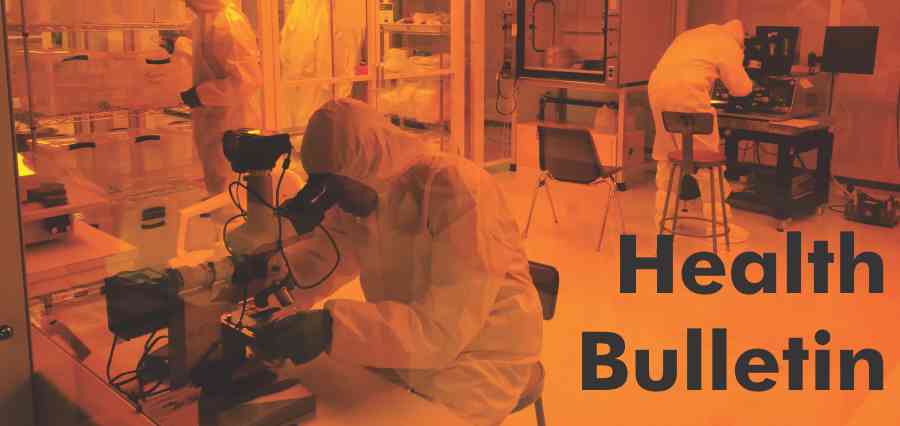For the first time, in the modern medical history, US-based researchers have grown a living bone in the lab to repair craniofacial defects (large defects in the head and face of the patient). It was experimented on pigs with bone damage and obtained to be better at re-growing bones than other methods. This breakthrough will help in improving treatments for people with craniofacial defect and injuries. This has been made possible by a new technique which utilizes autologous stem cells derived from the sample of recipient’s fat which precisely replicates the original anatomical structure of the bone. In this new method, unlike different procedures where a scaffold is implanted to promote the growth, the bone was first grown externally in the scaffold before implanting. This new technique developed by Gordana Vunjak-Novakovic, a professor at Columbia University is recognized as a medical breakthrough of this century.
According to Vunjak-Novakovic, “We’ve been able to demonstrate through a clinical-size porcine model of jaw repair, that this bone, grown in vitro and then implanted, can seamlessly regenerate a significant defect while providing mechanical function.” Also, she asserts that the quality of the regenerated tissue, including vascularization with blood perfusion, exceeds what has been achieved using other approaches. This step is forward in improving regenerative medicine options for patients with craniofacial defects.
Researchers from Louisiana State University and the Tulane University in the U.S., made a scaffold and bioreactor chamber based on pictures of the jaw defect, to render a precise anatomical fit. Recipient’s stem cells are isolated from a small fat aspirate and, in just three weeks, developed the bone within a scaffold constructed from the bone matrix, in a custom designed perfused bioreactor. The scaffold they built has unique advantages for clinical application because it enables bone formation without the use of growth factors, and also provides mechanical function.
An unanticipated outcome was that the lab-grown bone, after implantation was gradually substituted by new bone developed by the body, a result which was not seen with the implantation of a scaffold alone, without stem cells.
“Our lab-grown bone works as an ‘instructive’ template for existing bone remodeling rather than as an absolute implant,” said Vunjak-Novakovic. “It makes our implant an integral part of the patient’s bone, allowing it to adapt actively to the changes in the body throughout its life,” she added.
Researchers now incorporate a cartilage layer in the bioengineered living bone tissue to analyze bone regeneration in complex craniofacial defects of the head and face. Further, Vunjak-Novakovic said that now, tissue engineering is indeed changing the way we approach tissue repairing, drug testing, disease modeling. “We now can control the cells to work for us and make tissues the way we need, by providing bioengineered conditions that mimic their native milieu,” she added.
The way regenerative medicine efforts are currently underway experimentally for virtually every type of tissue and organ within the human body, time is not far when we will not need organ donors, but the organs will be grown in labs from our cells which will also increase the chances of its acceptance by the body.
Tissue Engineering – Healthcare Game Changer “Living bone grew in the lab for the first time”


